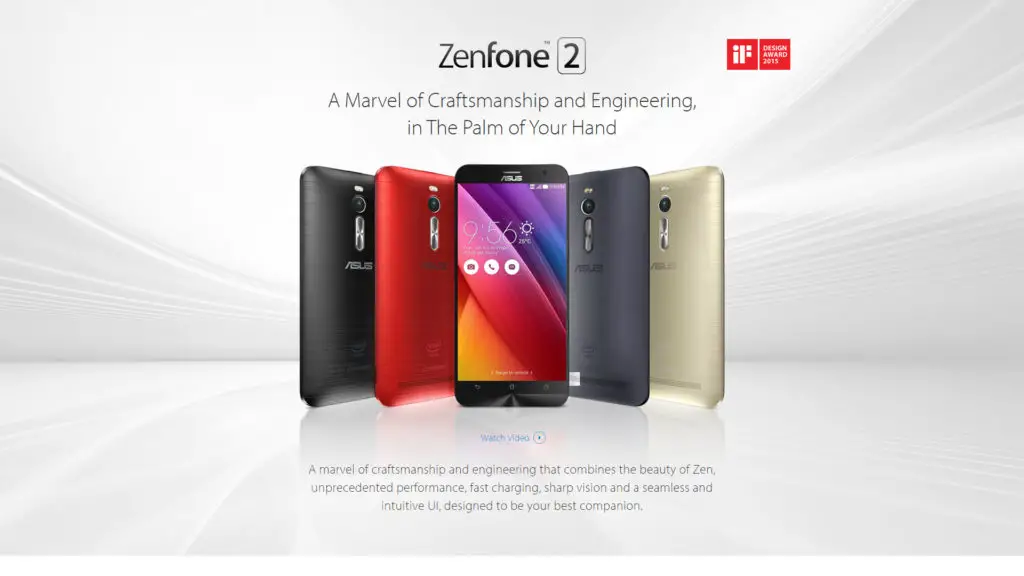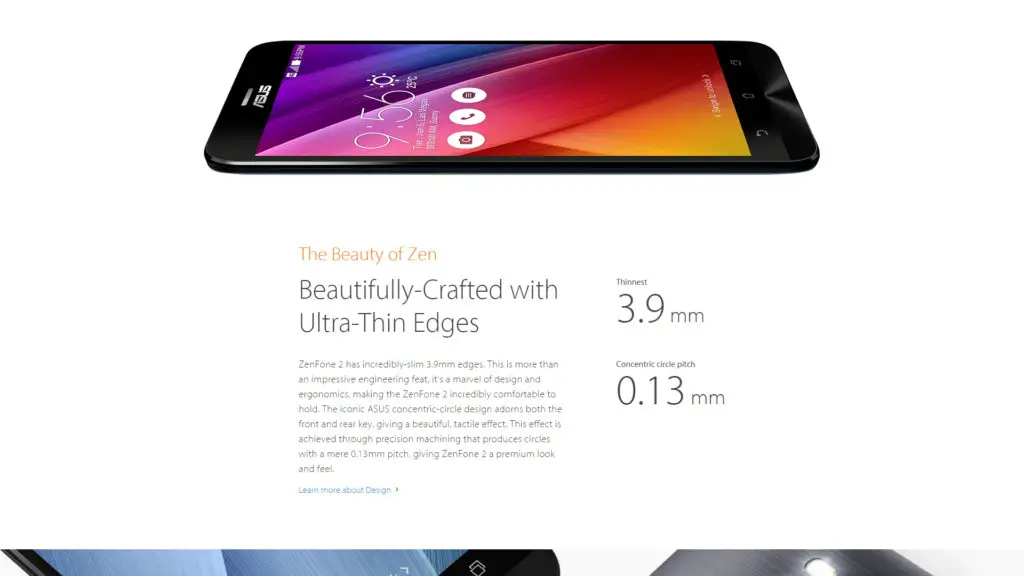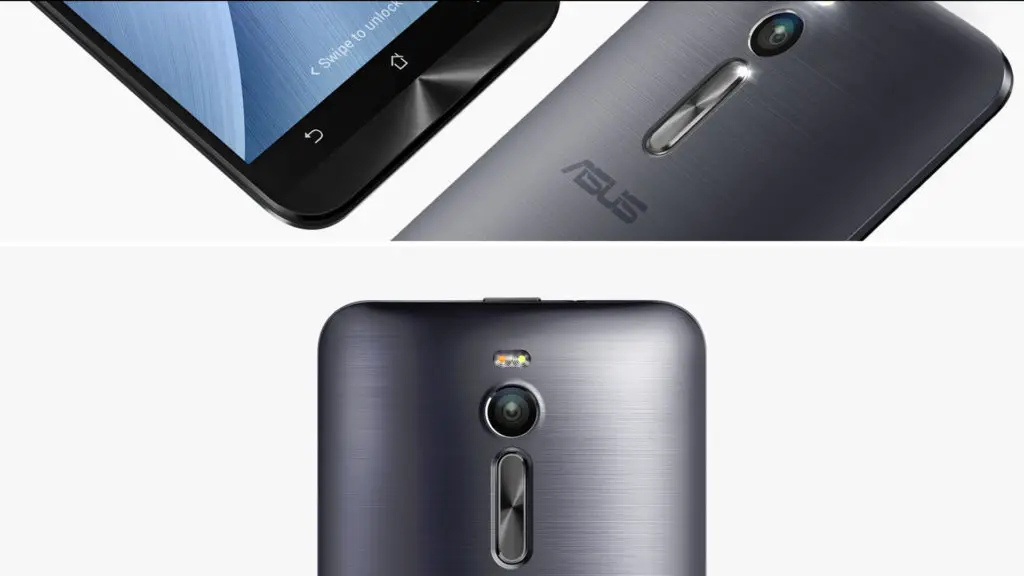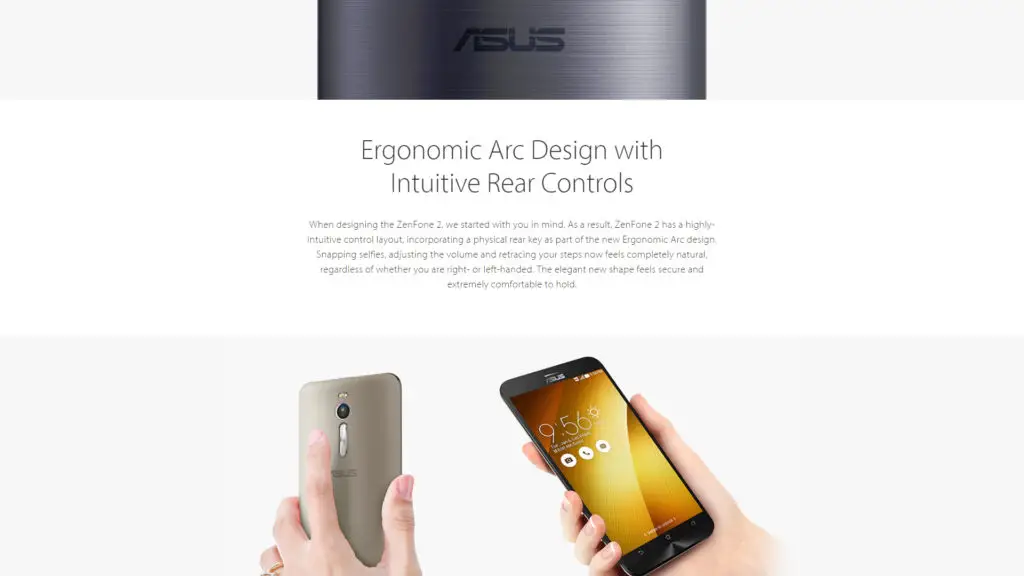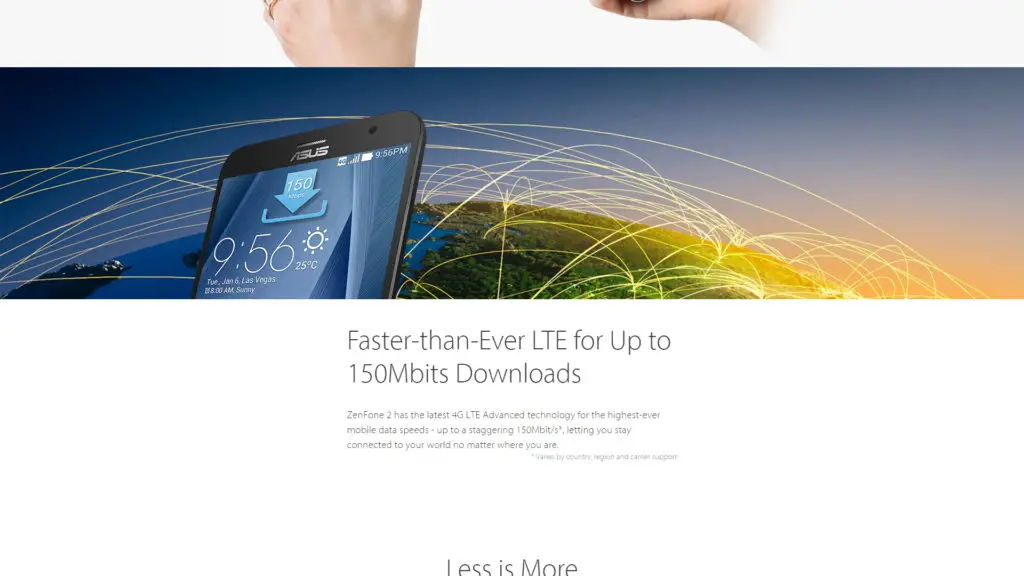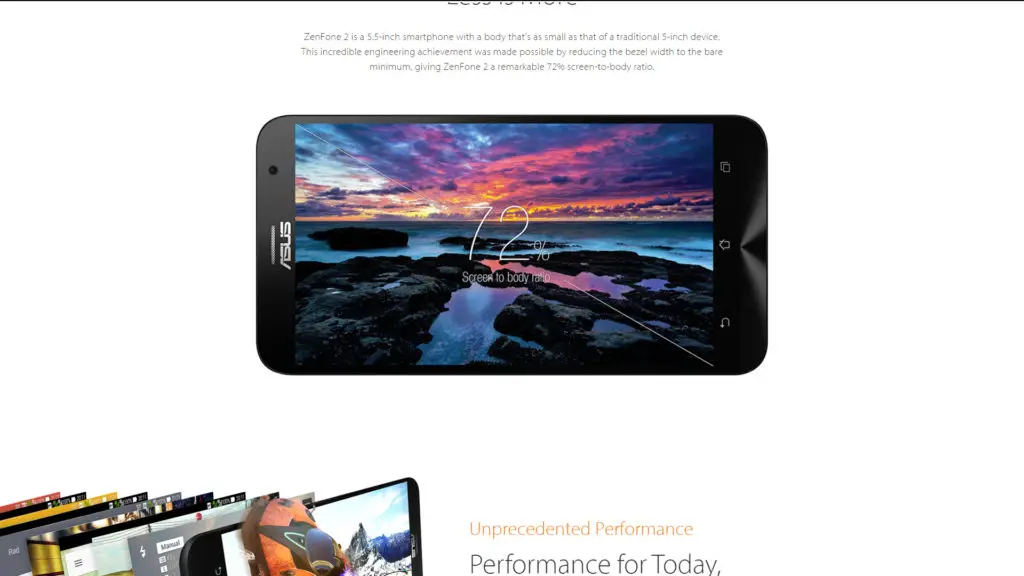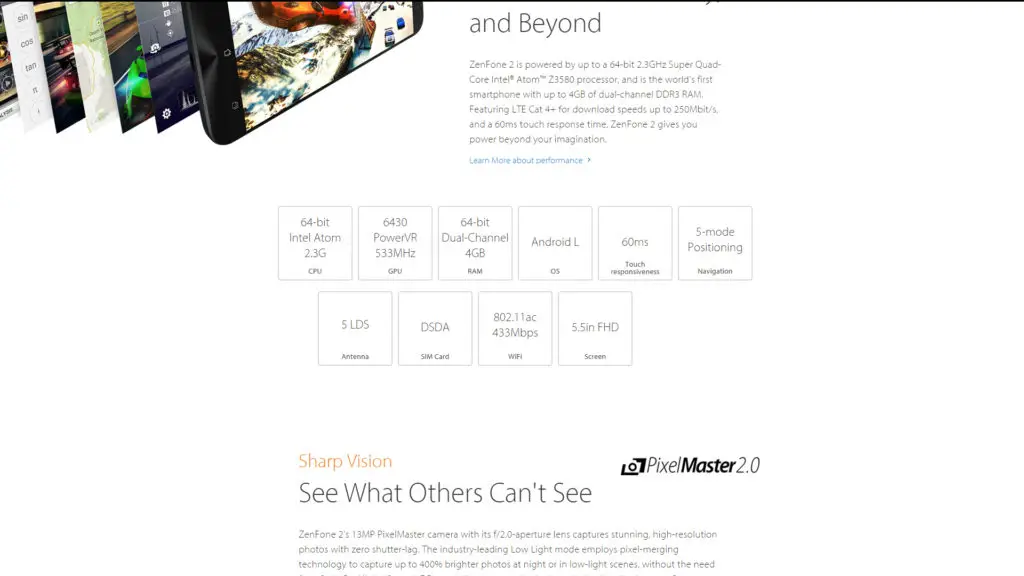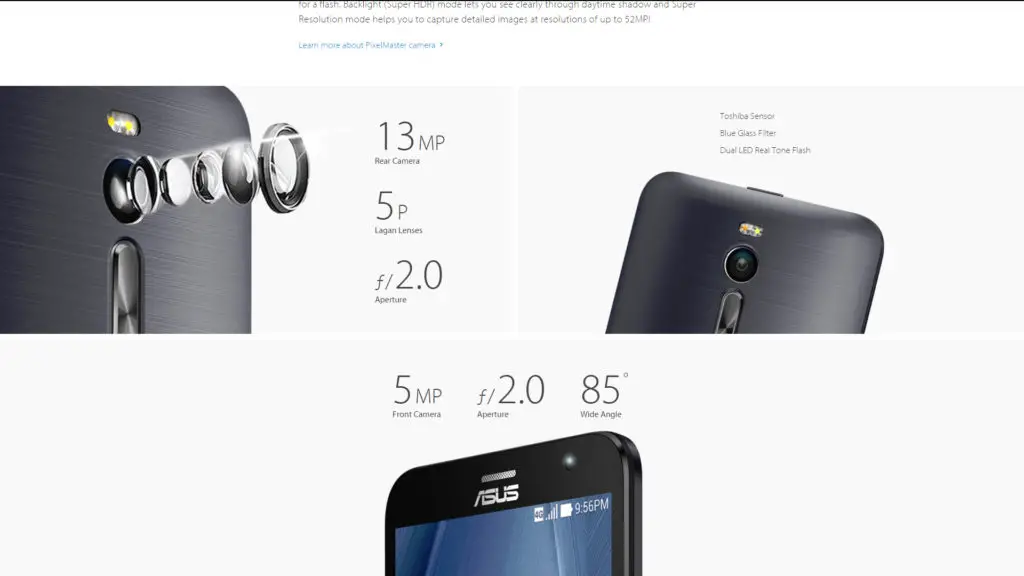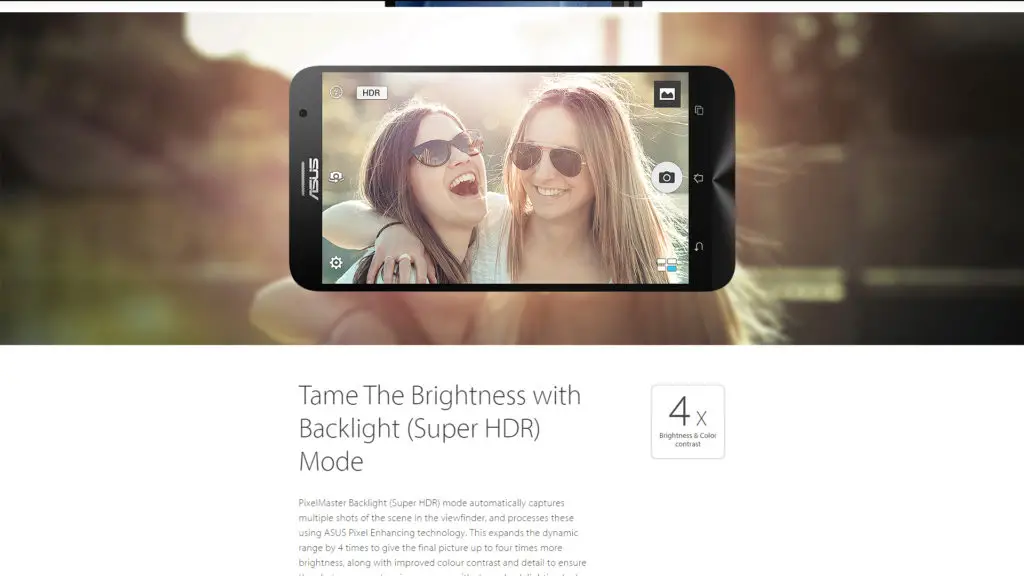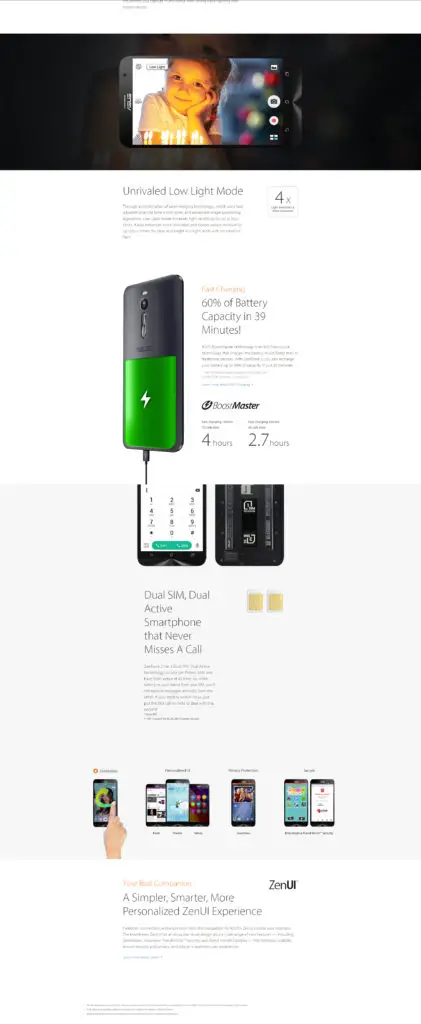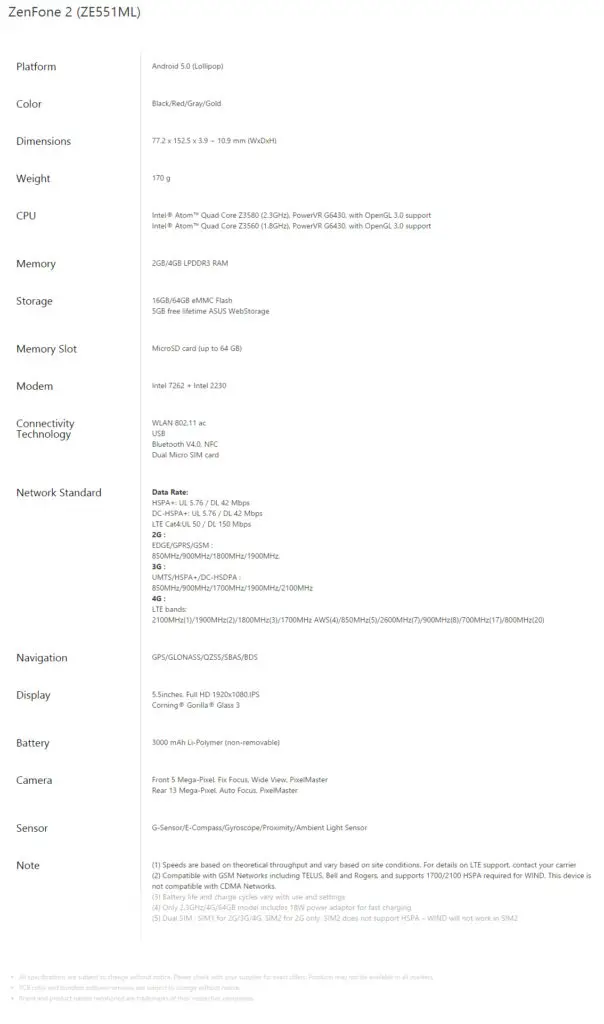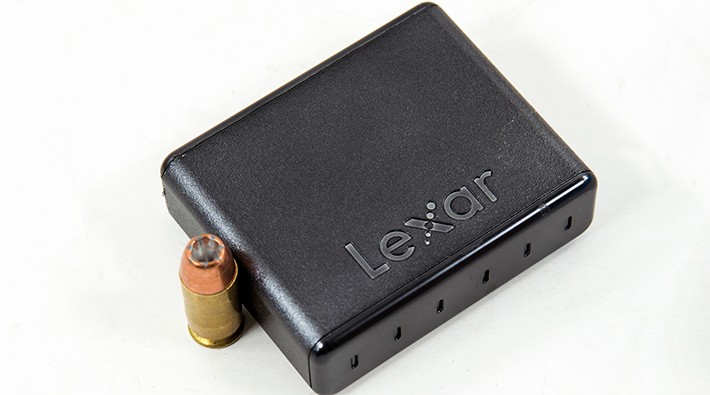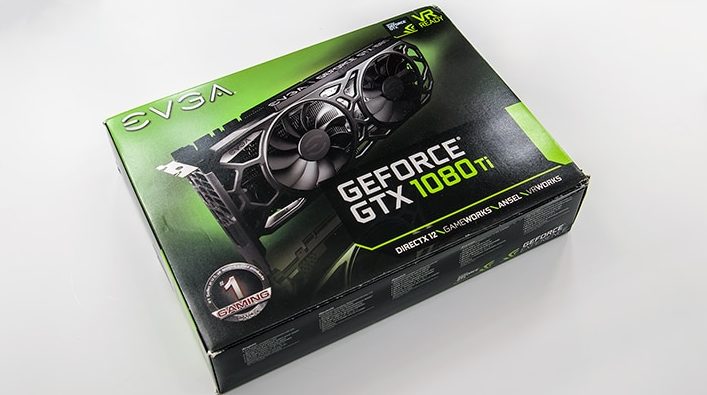ZenFone 2 – Introduction
![]() Model: Asus ZenFone 2 ZE551ML (2.3GHz/4GB/64GB/Black)
Model: Asus ZenFone 2 ZE551ML (2.3GHz/4GB/64GB/Black)
Price: $380CAD @ MemoryExpress
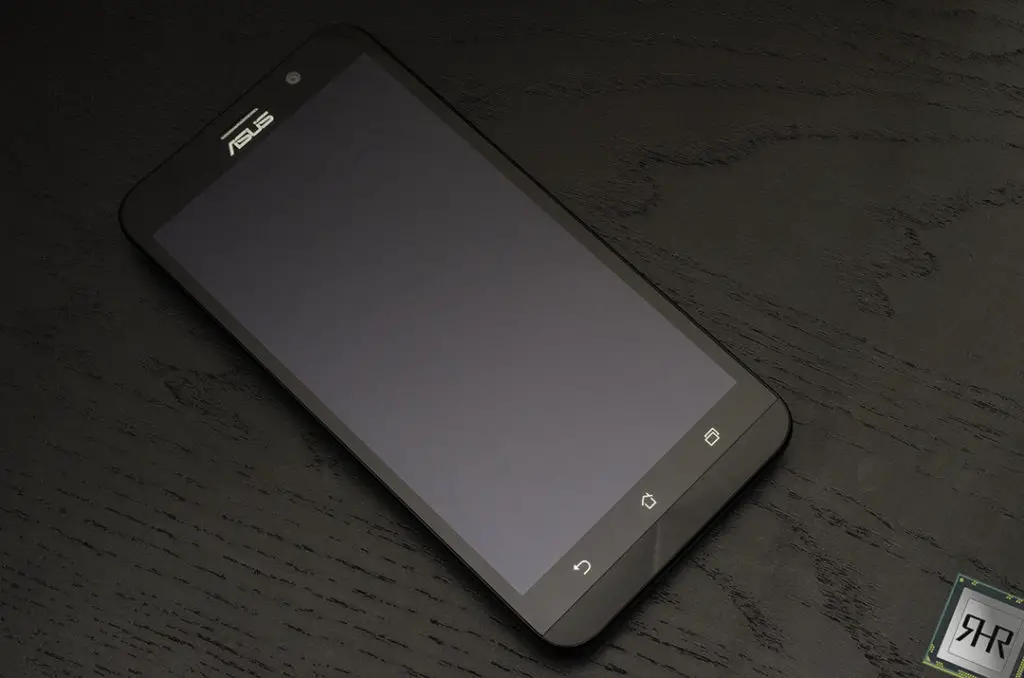
Cellphones are one of the fastest moving areas of technology nowadays. The need to be constantly connected with no slowdown has led to phones with 8 ARM cores, massive screens and batteries, and tons of RAM. With these monstrous specifications comes a large price tag that borders on the $1000 mark for the top of the line if you were to buy the phones outright.
Asus challenges that idea once again with the ZenFone 2. On the lower end of the spectrum you have a 1.8GHz Intel Atom quad core Z3560 with 2GB of RAM and 16GB of storage. On the other end you find the ZenFone 2 Deluxe Special Edition with a 2.3GHz Intel Z3580, 4GB of RAM, and 128B of internal storage. All of the models are offered fully unlocked and free of contract for under $400USD. With such a price disparity you have to wonder about corners that Asus had to cut. Read on to find out if the ZenFone 2 can hang with the best of the best!
ZenFone 2 – Specifications
ZenFone 2 – Unboxing

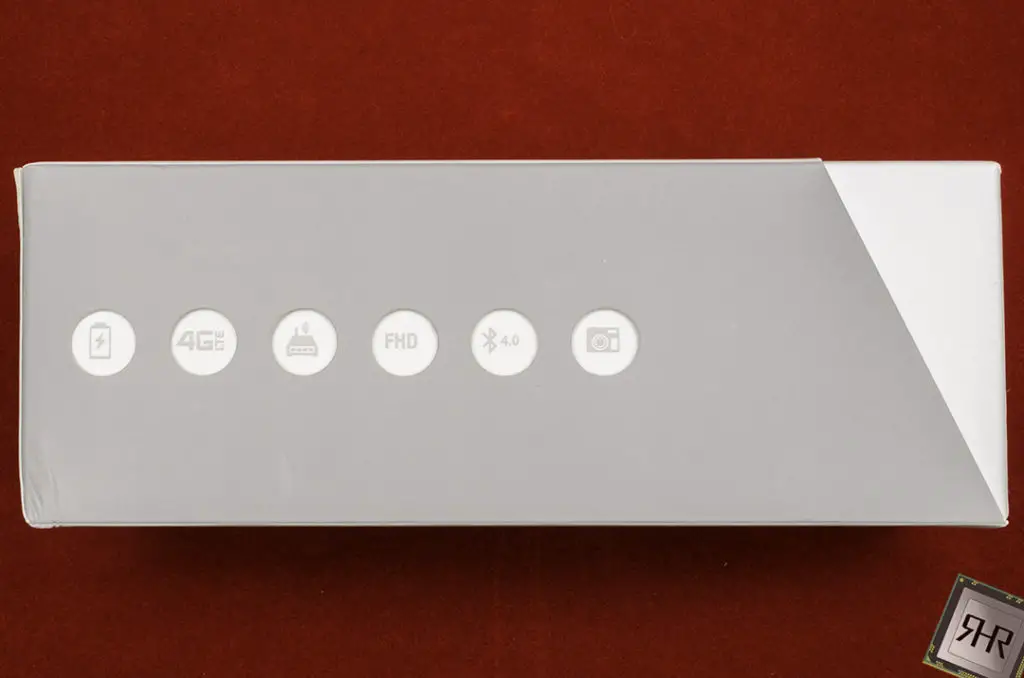
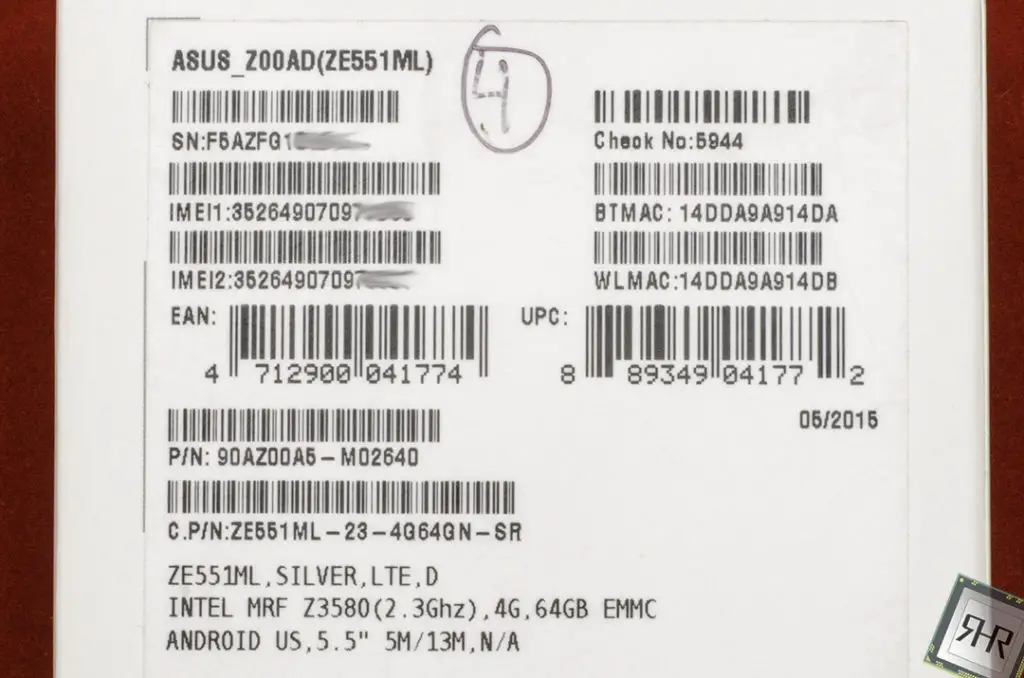
The packaging for the Asus ZenFone 2 doesn’t scream at you from the shelves. However, the minimalistic appearance catches the eye and begs you to take a closer look. The side of the box has a few circular cut outs to tell you a bit more of the features included with every model of the ZenFone 2. Only when moving to the rear do you find out about the exact specs for the phone within. This review model specifically is running the Intel Atom Z3580, 4GB RAM, and 64GB of internal storage.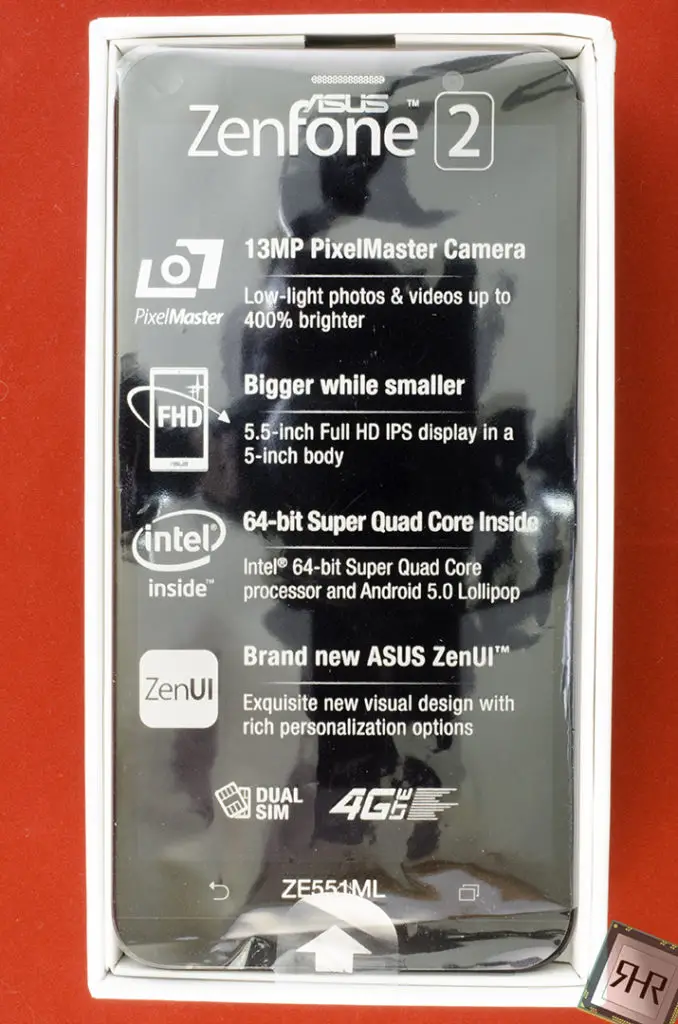 Sliding the box open reveals a minimally protected phone and some more general specs. Although there’s not much holding the phone in place, it is pretty snug in its cut out and shouldn’t pose much of a risk for damage in transit.
Sliding the box open reveals a minimally protected phone and some more general specs. Although there’s not much holding the phone in place, it is pretty snug in its cut out and shouldn’t pose much of a risk for damage in transit.
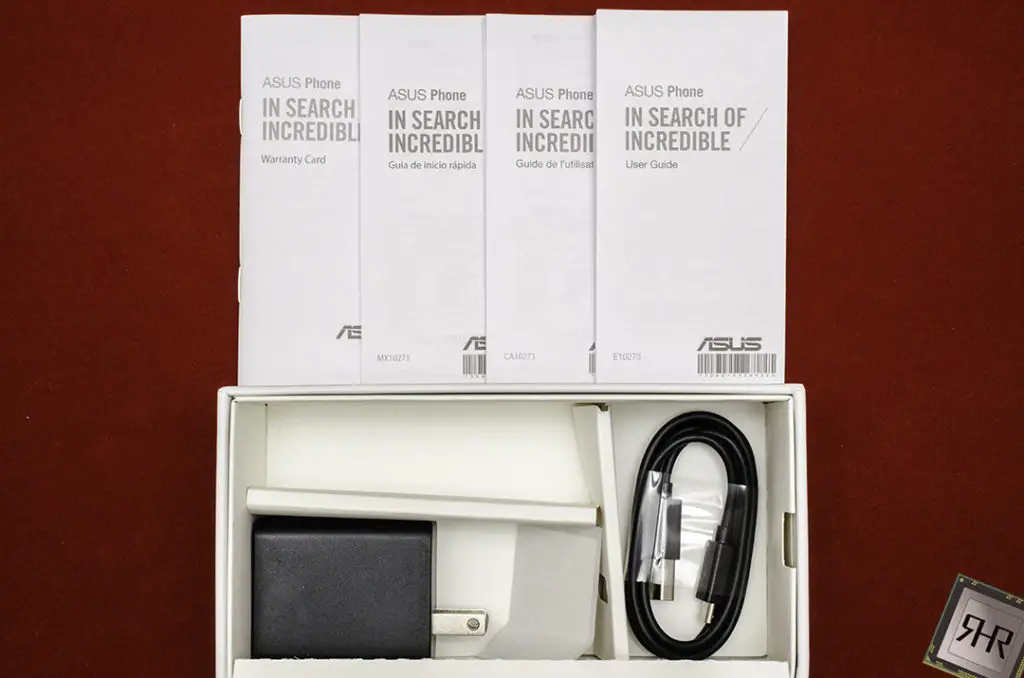 Lifting the ZenFone 2 out reveals the expected accessories: wall charger, USB cable, and some information papers. While some people may appreciate having headphones included, I believe Asus needs to save costs somewhere since the phone is being sold outright and needs to come at an attractive price point compared to other companies’ flagships.
Lifting the ZenFone 2 out reveals the expected accessories: wall charger, USB cable, and some information papers. While some people may appreciate having headphones included, I believe Asus needs to save costs somewhere since the phone is being sold outright and needs to come at an attractive price point compared to other companies’ flagships.
ZenFone 2 – Closer Look
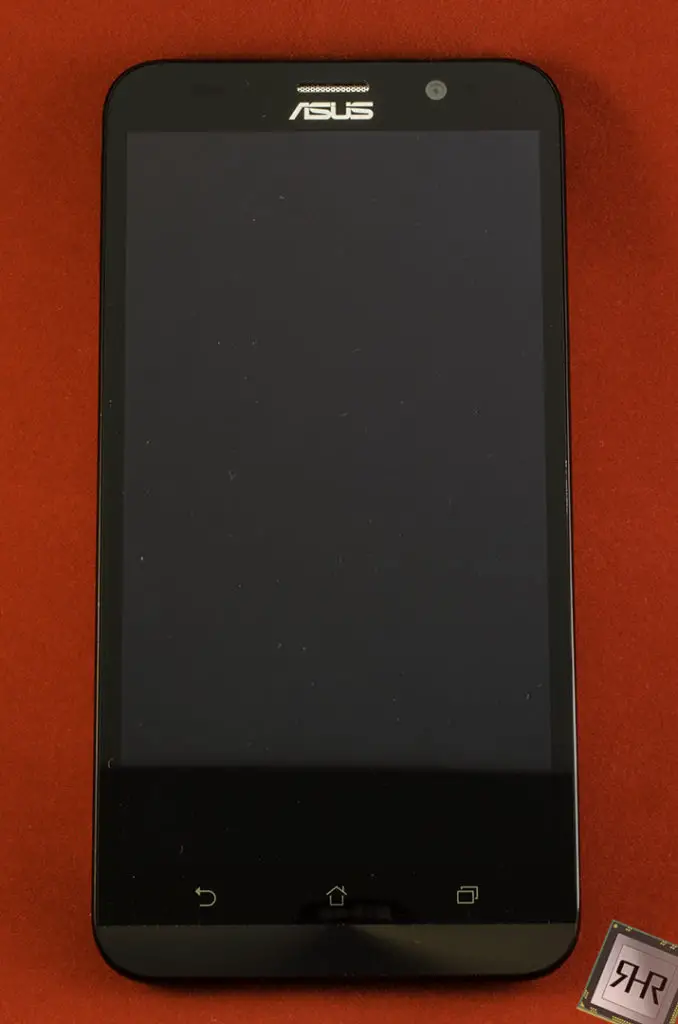 The first thing to greet you is a 1920×1080 IPS panel hiding behind a sheet of Gorilla Glass 3, and a whole lot of black bezel. The screen has great viewing angles up to about the 160 degree range where it starts to very faintly lose saturation. While the glass runs to the top of the ZenFone 2, there’s a small strip of plastic between the glass and the edge of the phone’s bottom.
The first thing to greet you is a 1920×1080 IPS panel hiding behind a sheet of Gorilla Glass 3, and a whole lot of black bezel. The screen has great viewing angles up to about the 160 degree range where it starts to very faintly lose saturation. While the glass runs to the top of the ZenFone 2, there’s a small strip of plastic between the glass and the edge of the phone’s bottom.

 With the sides of the phone devoid of anything and everything, we find the power button and headphone jack occupying the top, and a lonesome charging port on the bottom. Where does this leave the volume buttons?
With the sides of the phone devoid of anything and everything, we find the power button and headphone jack occupying the top, and a lonesome charging port on the bottom. Where does this leave the volume buttons?
ZenFone 2 – Closer Look Continued
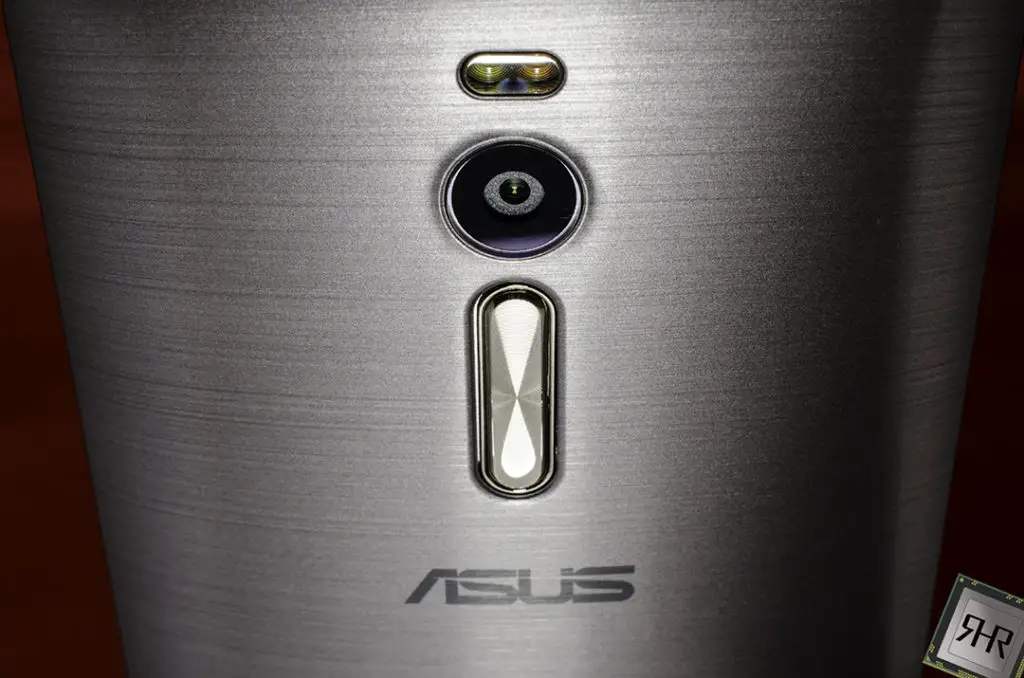 Smack dab in the middle of the back of the phone, below the camera and dual flash, resides the volume buttons. Due to the large size of this phone, the placement of these buttons end up being very practical with being near where most peoples’ hands would sit while holding the phone. The downside I found is that I would sometimes end up smearing my finger over the camera while trying to find the volume up. Nothing a pass of a microfiber cloth can’t fix!
Smack dab in the middle of the back of the phone, below the camera and dual flash, resides the volume buttons. Due to the large size of this phone, the placement of these buttons end up being very practical with being near where most peoples’ hands would sit while holding the phone. The downside I found is that I would sometimes end up smearing my finger over the camera while trying to find the volume up. Nothing a pass of a microfiber cloth can’t fix!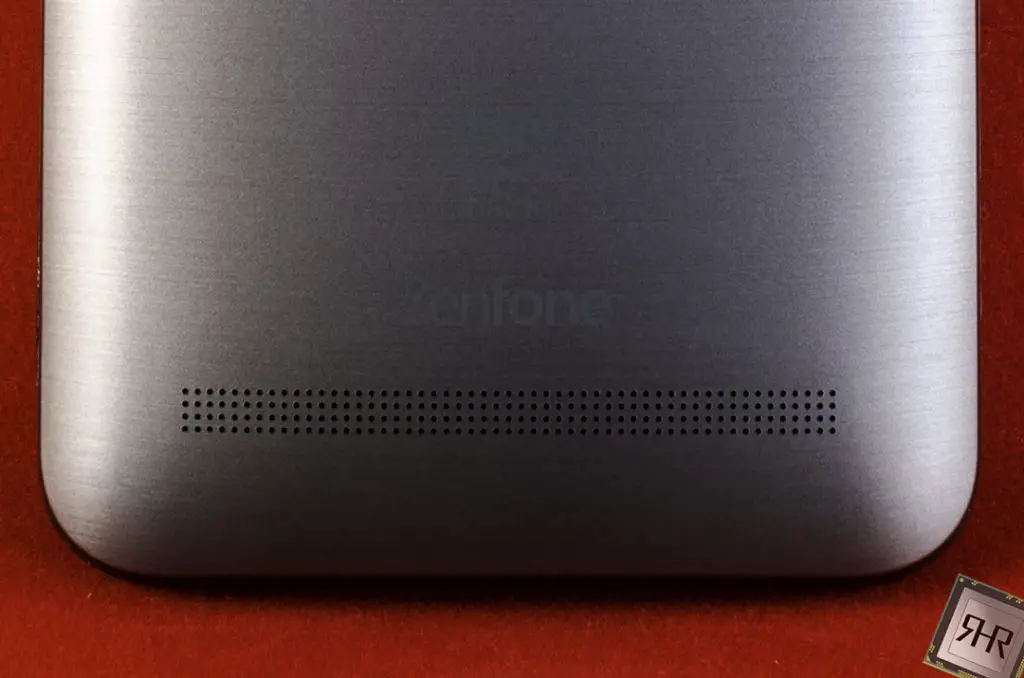 There’s also a single rear-facing speaker near the bottom. Compared to the dual front-facing speakers found on my M8, the ZenFone 2 really can’t compete. On a volume level the speaker is definitely capable, but clarity and the lows suffer when attempting to match the output of something with dual speakers. I feel that the plastic strip on the front of the phone could have been a great place to put the speaker instead.
There’s also a single rear-facing speaker near the bottom. Compared to the dual front-facing speakers found on my M8, the ZenFone 2 really can’t compete. On a volume level the speaker is definitely capable, but clarity and the lows suffer when attempting to match the output of something with dual speakers. I feel that the plastic strip on the front of the phone could have been a great place to put the speaker instead.
The rear as a whole leaves a feeling of confusion. Everything looks fantastic and operates as it should, however there is a feeling of cheapness when you pick it up and feel the back cover and the lack of any significant texture on the plastic.
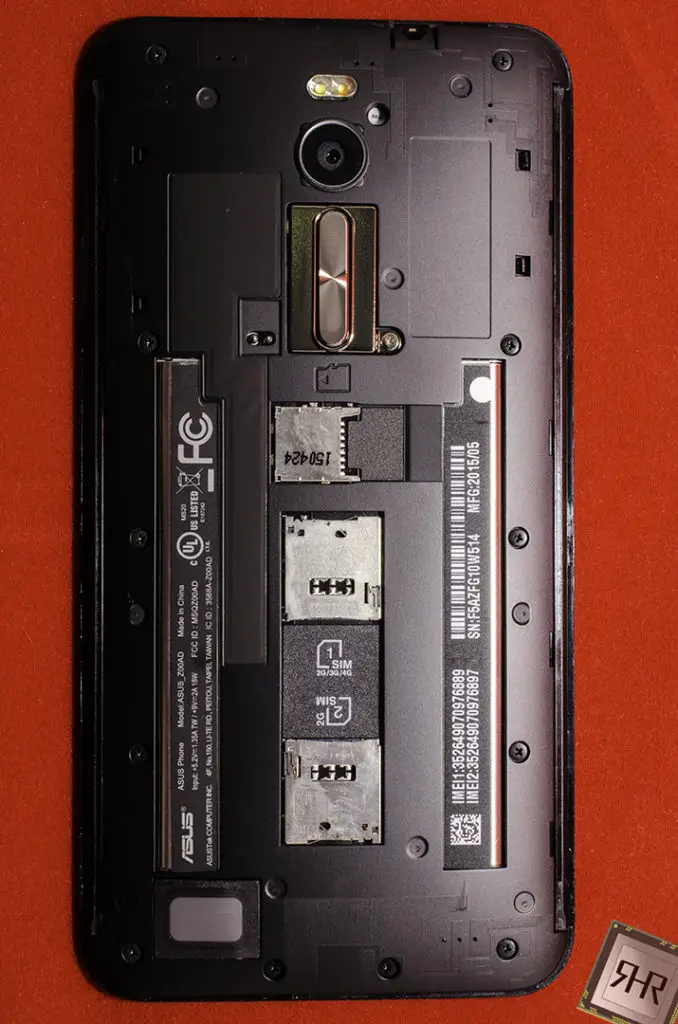 Good news everyone, the back cover is actually removable! Before you get too excited at that peek of battery though, I’m going to have to kill your hopes and dreams and say that the battery isn’t removable. The big 3000mAh Li-Po should easily last you throughout the day despite the monstrous specifications that it’s powering.
Good news everyone, the back cover is actually removable! Before you get too excited at that peek of battery though, I’m going to have to kill your hopes and dreams and say that the battery isn’t removable. The big 3000mAh Li-Po should easily last you throughout the day despite the monstrous specifications that it’s powering.
You’ll find a few slots below this cover that you won’t find on a lot of phones nowadays. A MircoSD card slot is always a welcomed sight, and combined with the highest specced ZenFone 2 you can accumulate a whopping combined 256GB of storage. (128GB MicroSD is not officially supported as per Asus specs, but widely reported online to work without issue) Below the MicroSD you may be a bit lost at what you’re seeing. Two SIM card slots? But why? This is something that is seemingly found on a lot of phones in Asia and has made its way into the ZenFone 2 in all areas of the world. The first slot is fully capable up to and including LTE, up to 150Mbps. The second slot is limited to only 2G which means nothing but phone calls and text messages. This would come in handy when you’re travelling and want to toss in a pay-as-you-go SIM card to avoid absurd roaming charges, but want to keep your SIM in for phone numbers and the occasional emergency needing data.
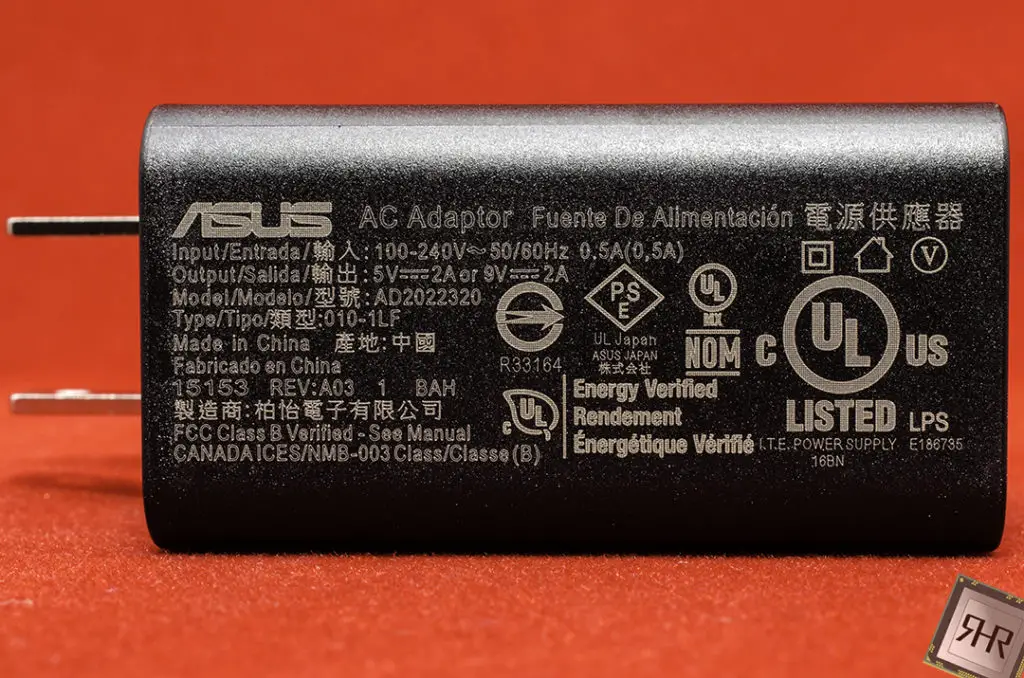 Lastly we come to the charger. Not all chargers are made alike and the model AD2022320 soars above the rest. Branded as the 18W BoostMaster adapter, this charger boasts a 39 minute 0-60% charge time and is only included with the 2.3Ghz/4GB models. My tests ran pretty close to the advertised time, at just under 43 minutes from dead to 60%.
Lastly we come to the charger. Not all chargers are made alike and the model AD2022320 soars above the rest. Branded as the 18W BoostMaster adapter, this charger boasts a 39 minute 0-60% charge time and is only included with the 2.3Ghz/4GB models. My tests ran pretty close to the advertised time, at just under 43 minutes from dead to 60%.
ZenFone 2 – Software
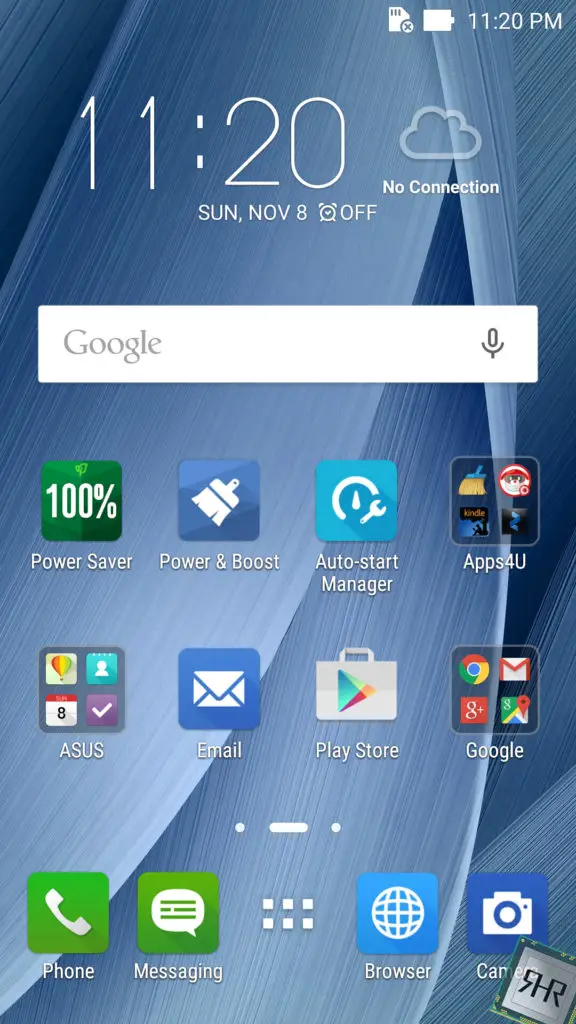 The Asus ZenFone 2 ships with Android 5.0 Lollipop installed, albeit with their own ZenUI applied over the top. From a UI point of view you manage to get a clean interface with a lot of added extras to personalize the looks to suit your every whim. From themes to fonts to icons and more, you can customize to your heart’s content with the ZenUI Launcher.
The Asus ZenFone 2 ships with Android 5.0 Lollipop installed, albeit with their own ZenUI applied over the top. From a UI point of view you manage to get a clean interface with a lot of added extras to personalize the looks to suit your every whim. From themes to fonts to icons and more, you can customize to your heart’s content with the ZenUI Launcher.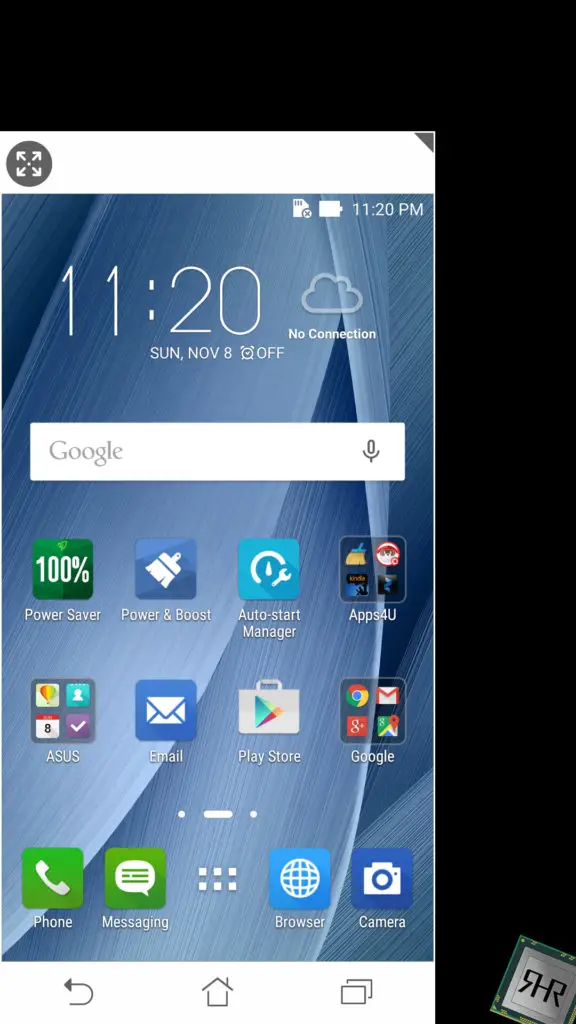
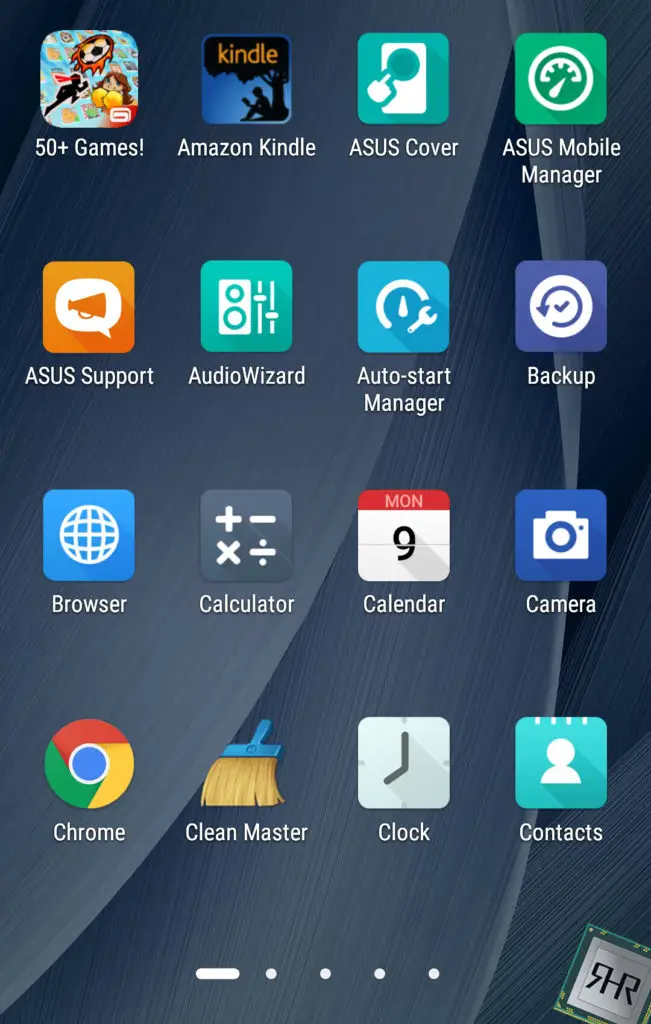
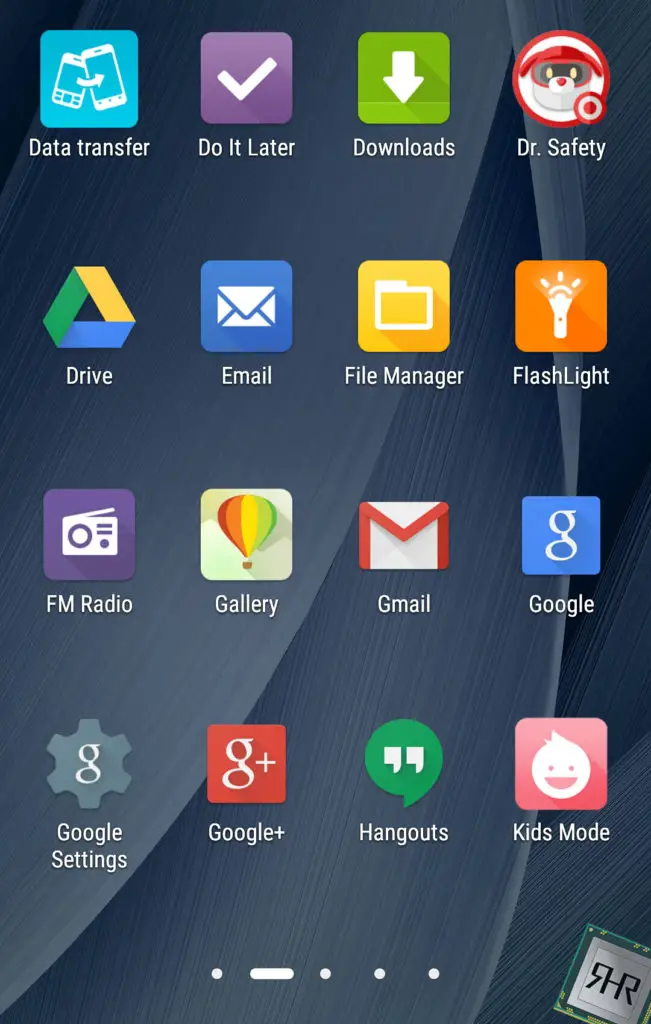
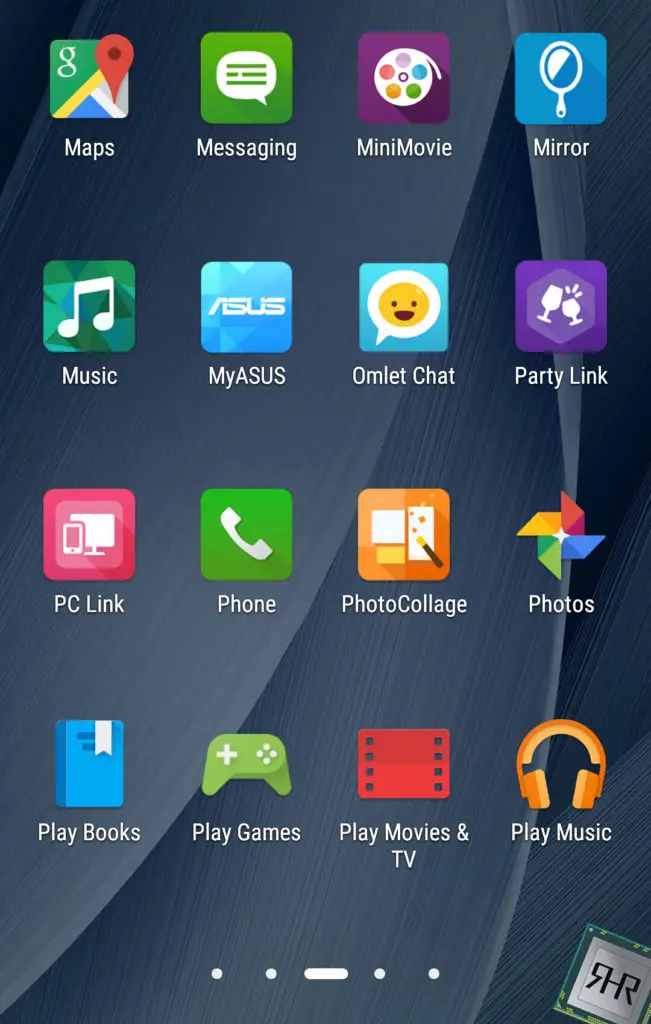
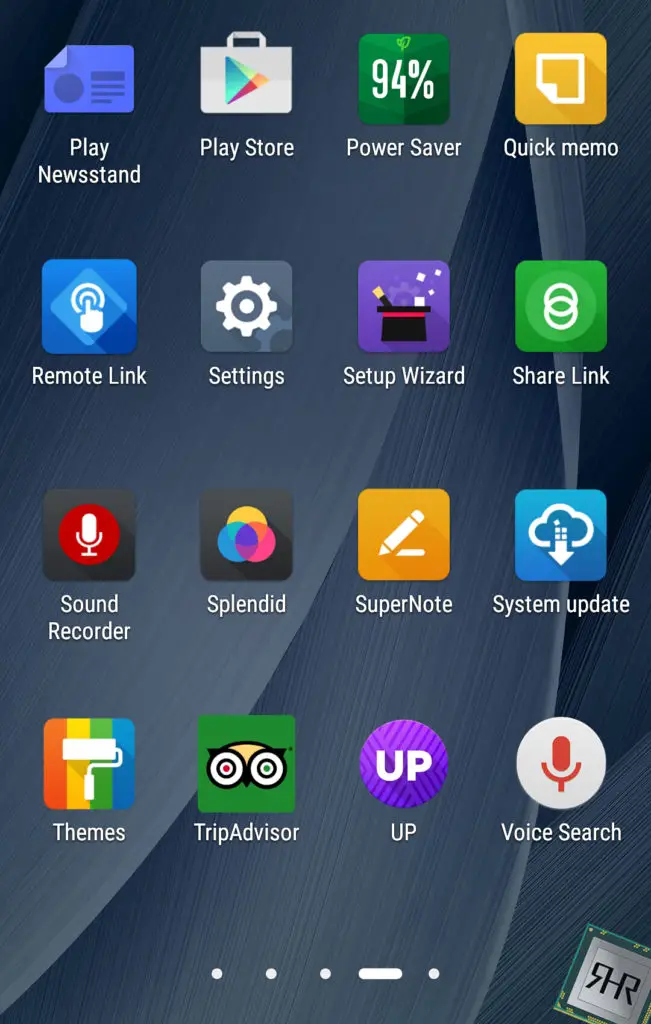
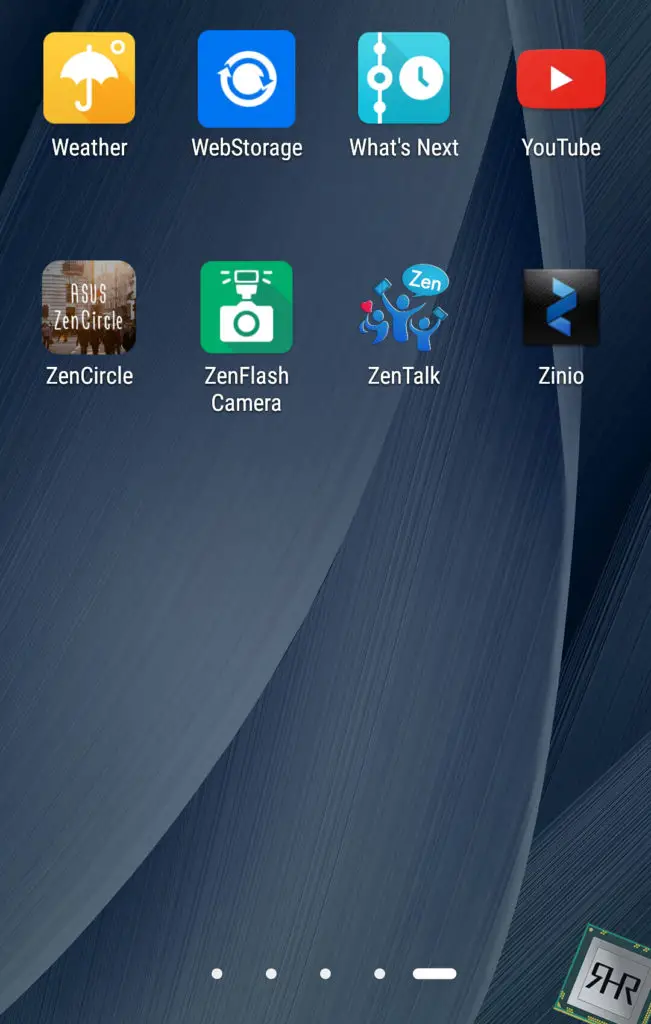 Thanks to ZenMotion you are able to double tap to wake the phone, create gestures to launch apps, and enable a neat option called One Hand Mode. This mode takes your 5.5” display and condenses it into about 4.25” into the lower left hand side of the screen, leaving you able to operate with one hand without needing to stretch your thumb ridiculous lengths to get to the far side of the phone.
Thanks to ZenMotion you are able to double tap to wake the phone, create gestures to launch apps, and enable a neat option called One Hand Mode. This mode takes your 5.5” display and condenses it into about 4.25” into the lower left hand side of the screen, leaving you able to operate with one hand without needing to stretch your thumb ridiculous lengths to get to the far side of the phone.
As expected when running with a full quad core Intel Atom processor, general usage performance is flawless. Animations never slowed down or snagged and menus pop up immediately, even when the phone is “bogged down” with tons of open apps.
The amount of bloatware on this phone is astounding. This may be a way for Asus to make some more profit with the low cost of the phone but it hinges on the edge of ridiculous. Some apps, such as Power & Boost, can be useful on a day-to-day basis. A large majority of the rest I opened once and never touched again.
ZenFone 2 – Camera


 The rear camera sports 13 megapixels and sadly only comes up ranking average. The autofocus on the camera is responsive and works even quite close to the subject. Shooting with all settings default (Auto ISO, white balance, shutter speed) the colours are vibrant and accurate, but zooming down on the second picture to 100% shows off that edges aren’t sharp and there is quite a bit of noise for an ISO of merely 80.
The rear camera sports 13 megapixels and sadly only comes up ranking average. The autofocus on the camera is responsive and works even quite close to the subject. Shooting with all settings default (Auto ISO, white balance, shutter speed) the colours are vibrant and accurate, but zooming down on the second picture to 100% shows off that edges aren’t sharp and there is quite a bit of noise for an ISO of merely 80.

 Moving onto low light the camera stumbles hard. There is a dedicated low-light mode that combines 4 pixels into 1 to accommodate for the low light, which was used for the first picture and is why it only ends up being a 3MP image. For the second picture the camera was left on auto as per the previous pictures, but with flash on. The dual LED flash works well and ends up not causing lighting to look harsh.
Moving onto low light the camera stumbles hard. There is a dedicated low-light mode that combines 4 pixels into 1 to accommodate for the low light, which was used for the first picture and is why it only ends up being a 3MP image. For the second picture the camera was left on auto as per the previous pictures, but with flash on. The dual LED flash works well and ends up not causing lighting to look harsh.
ZenFone 2 – Performance
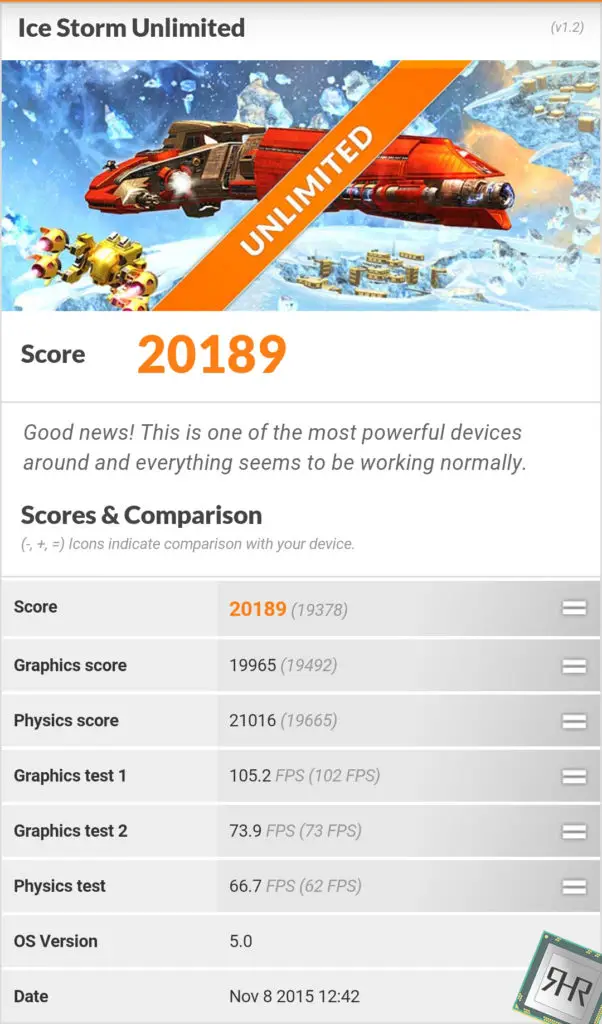
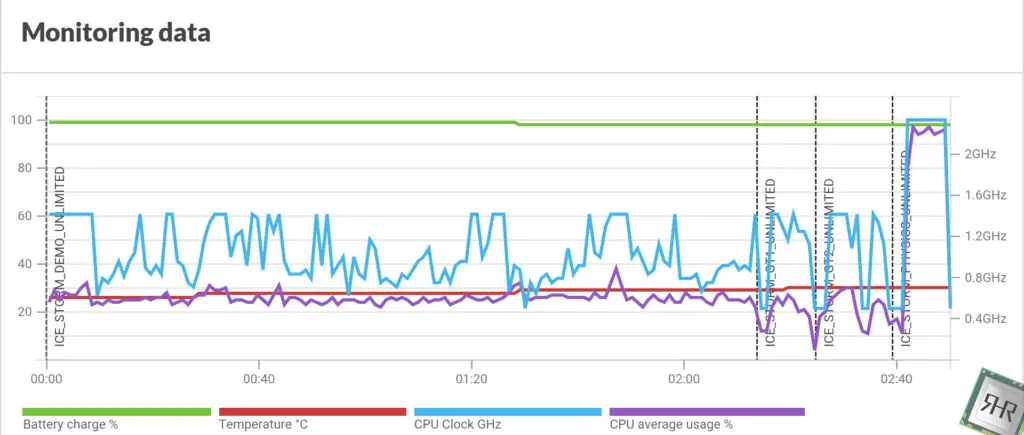
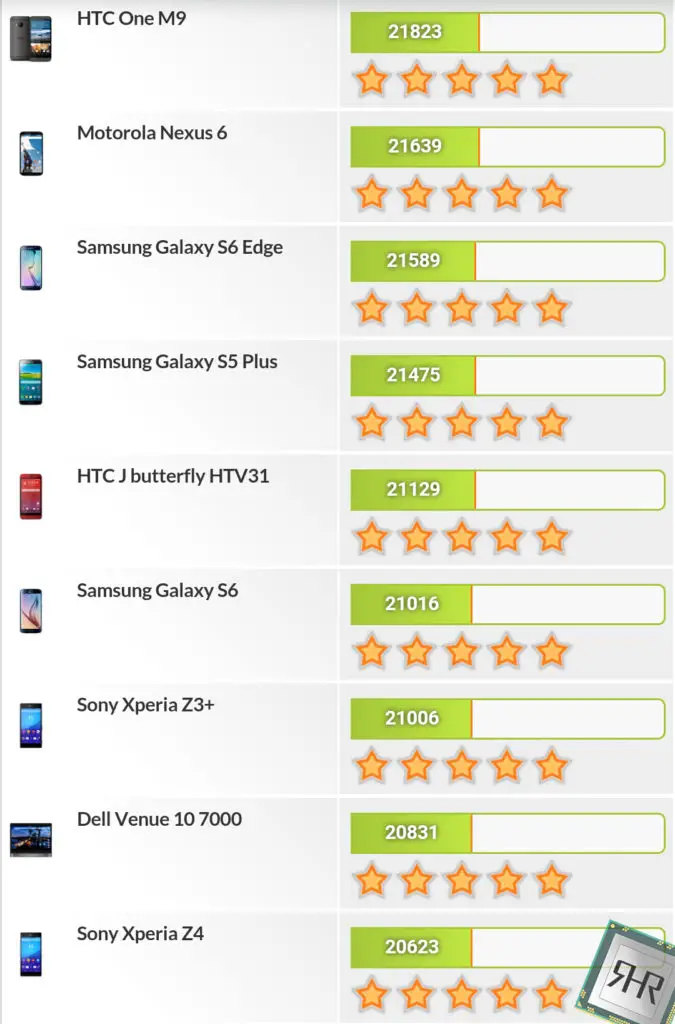 Benchmarks really show off the true power of the Asus ZenFone 2. In the 3DMark “Ice Storm Unlimited” test it punches near some of the most powerful phones today that are running 4+4 core Snapdragon 810 (Sony Xperia Z3+, HTC One M9) and Exynos 7420 (Samsung Galaxy S6 and S6 Edge). The phone stayed merely warm to the touch and never jumped above 30C. You won’t see that with a fully taxed Snapdragon 810!
Benchmarks really show off the true power of the Asus ZenFone 2. In the 3DMark “Ice Storm Unlimited” test it punches near some of the most powerful phones today that are running 4+4 core Snapdragon 810 (Sony Xperia Z3+, HTC One M9) and Exynos 7420 (Samsung Galaxy S6 and S6 Edge). The phone stayed merely warm to the touch and never jumped above 30C. You won’t see that with a fully taxed Snapdragon 810!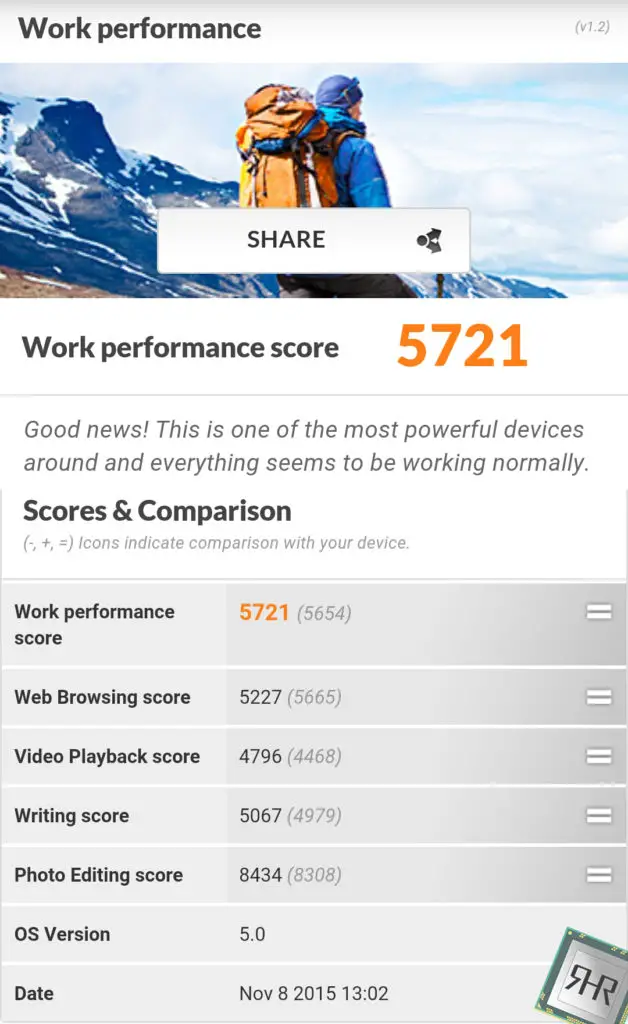 PCMark also ranks the ZenFone 2 as one of the most powerful devices to date in its “Work performance” test. This test consists of a lot of real world situations such as photo editing, web browsing, watching videos, and text editing.
PCMark also ranks the ZenFone 2 as one of the most powerful devices to date in its “Work performance” test. This test consists of a lot of real world situations such as photo editing, web browsing, watching videos, and text editing.
Note: There is no monitoring graph included with this benchmark as for some reason PCMark was unable to acquire that information from the phone throughout multiple runs.
ZenFone 2 – Battery Life
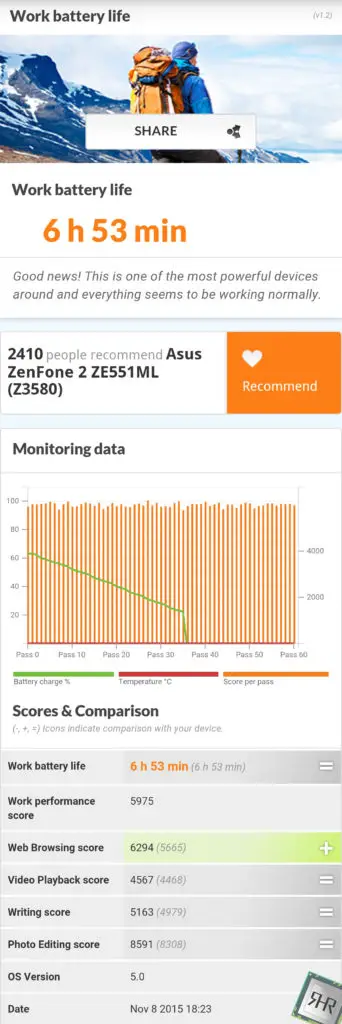 Running the “Work battery” test stresses the phone repeatedly with the situations from the performance test until the battery hits 20%. This gives us an easily repeatable estimate on battery life with regular use. This run at 6:53 was closest to the average over the three tests I performed, running at 50% brightness and on the standard Asus power setting. That translates to just about 7 hours of light use and screen on time. When using this phone as a daily driver for a few weeks I was unable to fully drain the phone by the time I got home from work, however I was usually close enough to the point that I felt safer plugging it in right away than hoping it didn’t run out by the time I got to bed.
Running the “Work battery” test stresses the phone repeatedly with the situations from the performance test until the battery hits 20%. This gives us an easily repeatable estimate on battery life with regular use. This run at 6:53 was closest to the average over the three tests I performed, running at 50% brightness and on the standard Asus power setting. That translates to just about 7 hours of light use and screen on time. When using this phone as a daily driver for a few weeks I was unable to fully drain the phone by the time I got home from work, however I was usually close enough to the point that I felt safer plugging it in right away than hoping it didn’t run out by the time I got to bed.
ZenFone 2 – Conclusion
The ZenFone 2 soars in many categories while at the same time leaving you wanting a bit more. Value is basically unmatched when it comes to this phone, especially when looking at the absurd performance per dollar that competes with some of the fastest phones on the planet right now. The large screen is vibrant and has great viewing angles. The sheer amount of storage that can be combined into a single phone is basically unheard of. Also, the BoostMaster power adapter pumps out some serious power and makes the big battery less painful to charge.
Looking towards the negatives you end up with a main camera that is only going to just get you by with everyday pictures. While the overall look of the phone is fantastic the plastic back cover leaves the feeling of the cost cutting that Asus had to do to hit the desired price point. Due to the large screen and massive power from the Atom processor the battery life is only average despite its large size.
Everything comes down to one question: Should I buy it? I’d say yes but with stipulations. Most people looking at a phone like this will most likely be happy with a 1.8Ghz/2GB RAM model due to the costs and the general idea that this is a higher performance phone catering to a lower price bracket. The camera and screen are the exact same between the models so you get the positives and negatives of both either way. With the expandable storage you can grab a 16GB model and throw in whatever size MicroSD card suits your needs. I do have to say that the BoostMaster power adapter is a big plus for the 2.3GHz/4GB models though.




